Retail Leasing’s Space Race
Now that retail has rightsized, demand is strong, occupancy is high and rents are on the upswing.
Retail real estate has been rebounding, with national demand largely on the upswing. Despite the challenges posed by the pandemic, retail properties came in as the second-most desirable capital investment during the first half of this year, following industrial/logistics assets. All in all, the sector is enjoying a promising—if sometimes uneven—leasing picture.
“The real estate side of retail has been strong due to relatively little new construction over the past 10 years,” Brandon Isner, head of Americas retail research at CBRE, told Commercial Property Executive. “This has allowed fundamentals for the real estate to catch up. We’re at record-low levels of availability, with continued demand and still very little new development in the pipeline.”
The retail availability rate dropped to its lowest level in at least 18 years, according to CBRE’s third-quarter retail report. The neighborhood, community and strip center segment tightened the most, with a 50-basis-point drop in availability compared to the third quarter of 2022.
Another big factor in the changing supply-demand balance has been a steady reduction in obsolete product. Over the past five years, demolition has taken 145 million square feet off the market, JLL notes in its third-quarter retail report.
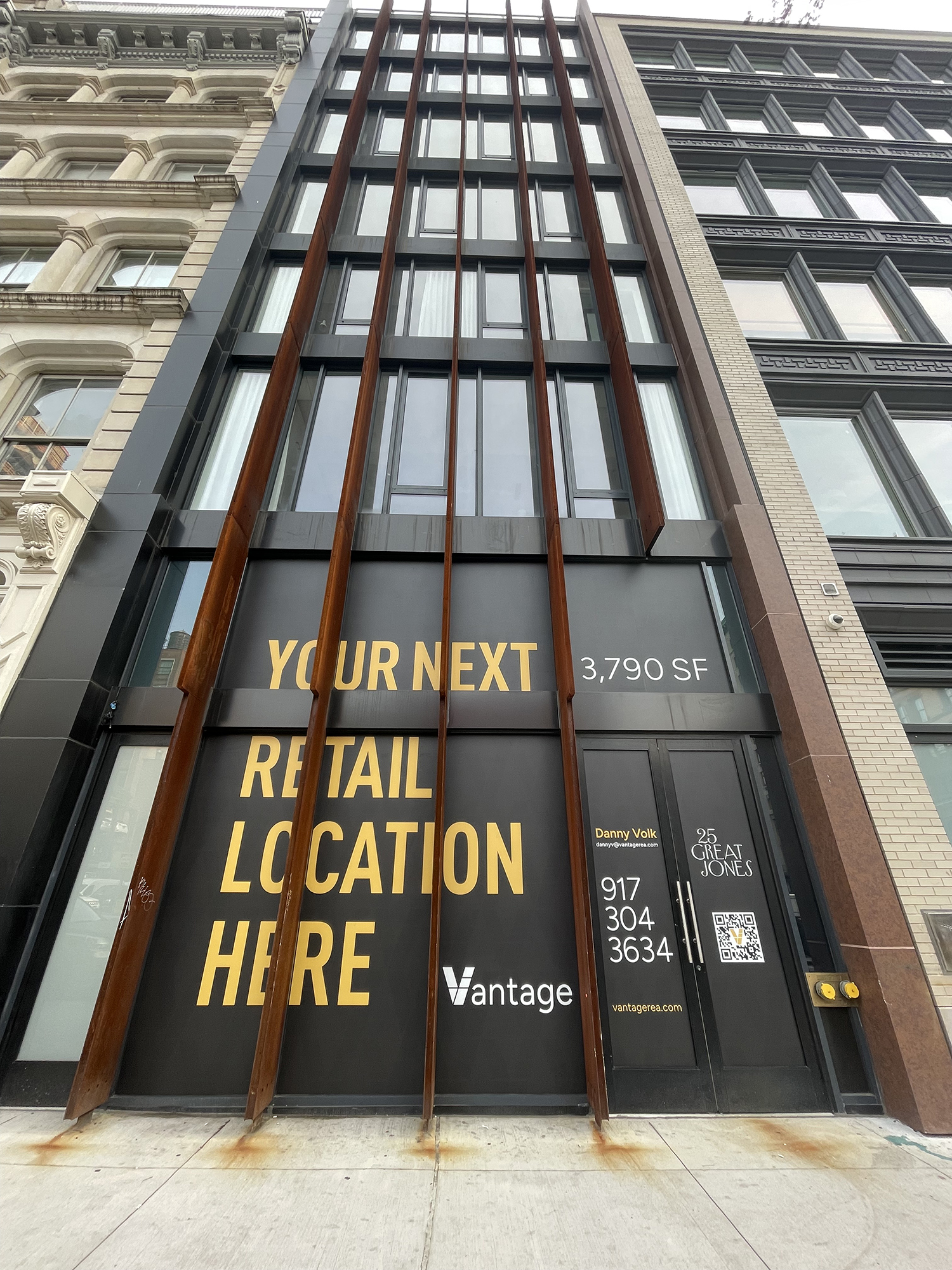
A recent project, 25 Great Jones St. in New York City. Retail demand in New York City varies greatly depending on the submarket, as is the trend with many cities across the nation. Image courtesy of Vantage Real Estate Advisors
While the work-from-home trend and rising e-commerce sales are supporting some types of retail activity and hindering others, sustained consumer spending is also presenting a largely promising backdrop. The National Retail Federation projects a 4 percent year-over-year uptick in retail sales for 2023. The CNBC/NRF Retail Monitor estimates that October’s core retail sales declined slightly from September but rose some 2.6 percent year-over-year.
“What we’re really focusing on right now is necessity-driven retail,” said Jim Dillavou, national head of retail real estate investments and retail capital markets at Lincoln Property Co. Dillavou uses this phrase to describe properties often classified as grocery-anchored, because many retailers have now expanded their product lines to carry necessity-related products. Dillavou considers necessity retail the sector’s most durable category in recent years, “notwithstanding the pandemic, and notwithstanding … the idea that e-commerce is going to destroy retail.” Dillavou is strongly anticipating the strength of grocery-anchored/necessity-driven assets.
Across the nation, occupancy levels for necessity-driven retail have stayed high and rents have continued to push higher. With steady foot traffic, many retailers are looking to occupy spaces in and around these necessity-driven assets, keeping occupancy rates strong and pushing rents upward. “Retailers which might have once looked only at mall space are giving a fresh look at neighborhood and community retail centers that are anchored by grocery, as the foot traffic for such centers is very consistent,” Isner said.
Beyond grocery-anchored and necessity retail, other spaces generating strong demand include mixed-use environments and some single-tenant spaces. In Class A malls, boutique-size spaces continue to attract strong attention from retailers, said Peter Braus, managing principal & co-founder, Lee & Associates NYC.
“For malls, single-tenant spaces are being sought after right now. Think of something like a Starbucks,” said Lisa Richmond, real estate industry principal at CliftonLarsonAllen.
Another factor in small and mid-size leasing is the food and beverage category. Over the past year, those tenants—particularly quick-service restaurants—accounted for 20 percent of leasing volume, according to JLL’s third-quarter report.
Isner said that drive-throughs are sought-after by fast-casual restaurants while second-generation restaurant space is also in demand because of build-out costs. “Many retailers are using location intelligence to find the perfect location to best serve their customer base,” Isner said. “They have better data on this now, since they can use their online presence to build brand, and to find out where their customers are.”
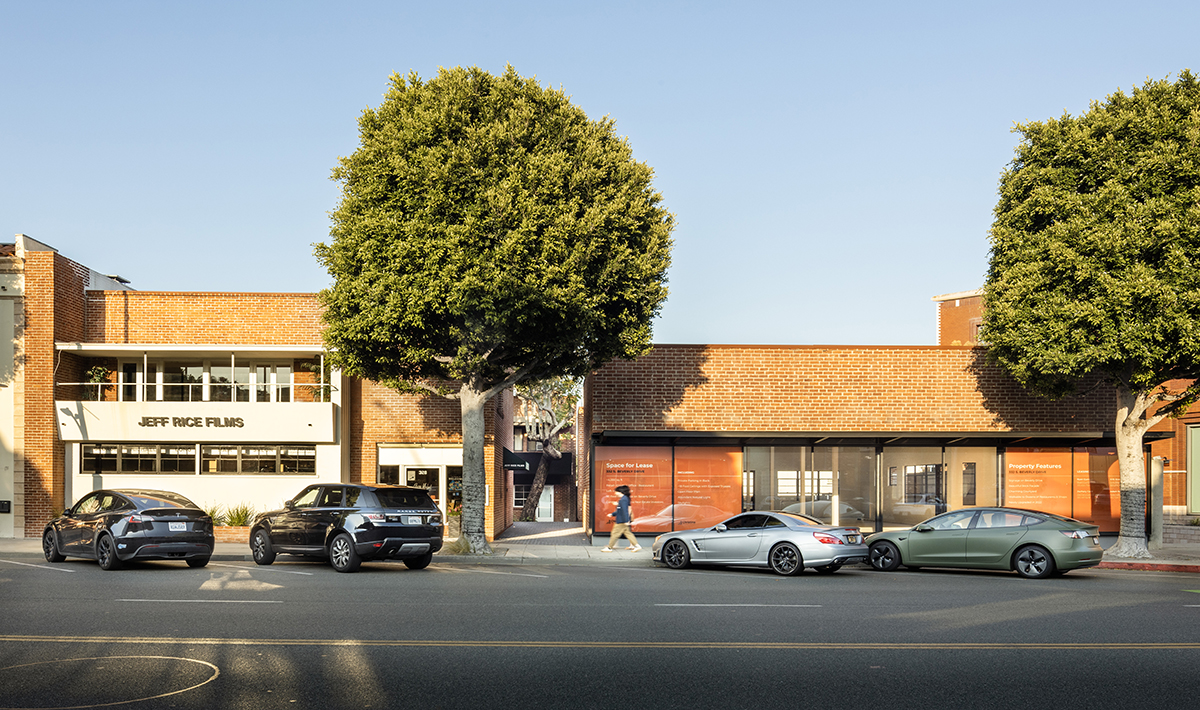
The recently reimaged retail campus at 382-332 S. Beverly Drive in Los Angeles was envisioned by Zoltan Pali, FAIA. The mixed-use environment one of many across the nation drawing in retailer demand. Image by Pavel Bendov/ArchExplorer courtesy of Christina
Footprint factor
One trend that will continue to influence retail leasing in a variety of retail categories is resized footprints. Occupancy costs and rising ecommerce sales are expanding a multi-channel approach that combines brick-and-mortar with online sales and direct-to-consumer delivery. “As a result, we’ve noticed that retailers are trending toward smaller physical storefronts, which allows them to offer a combination of both online and in-person experiences,” observed Lawrence Taylor, founder & chairman of Christina.
The shakeout in big-box retail continues, but for some brands, smaller store size is the key to expansion. Macy’s recently unveiled plans to add as many as 30 new compact locations in 2024 and 2025. These stores feature store sizes about 20 percent as large as Macy’s traditional footprint. These stores will follow 2023 openings that include new locations in Boston, Chicago, Las Vegas and San Diego.
While the industry is bouncing back, demand is not felt evenly across the country. New York City retail, for example, is looking healthy. But in some areas—Midtown East, let’s say—occupancy is underperforming. That trend is also evident in downtown Los Angeles, San Francisco and Atlanta.
Retail demand is flourishing primarily in areas with population growth that benefited from internal migration during the pandemic. “Most of what we’re seeing on the strong side is in the southern portion or in the western portion of the nation,” Richmond said, noting that markets such as Orlando, Miami and the Greater Los Angeles market are generally performing well.
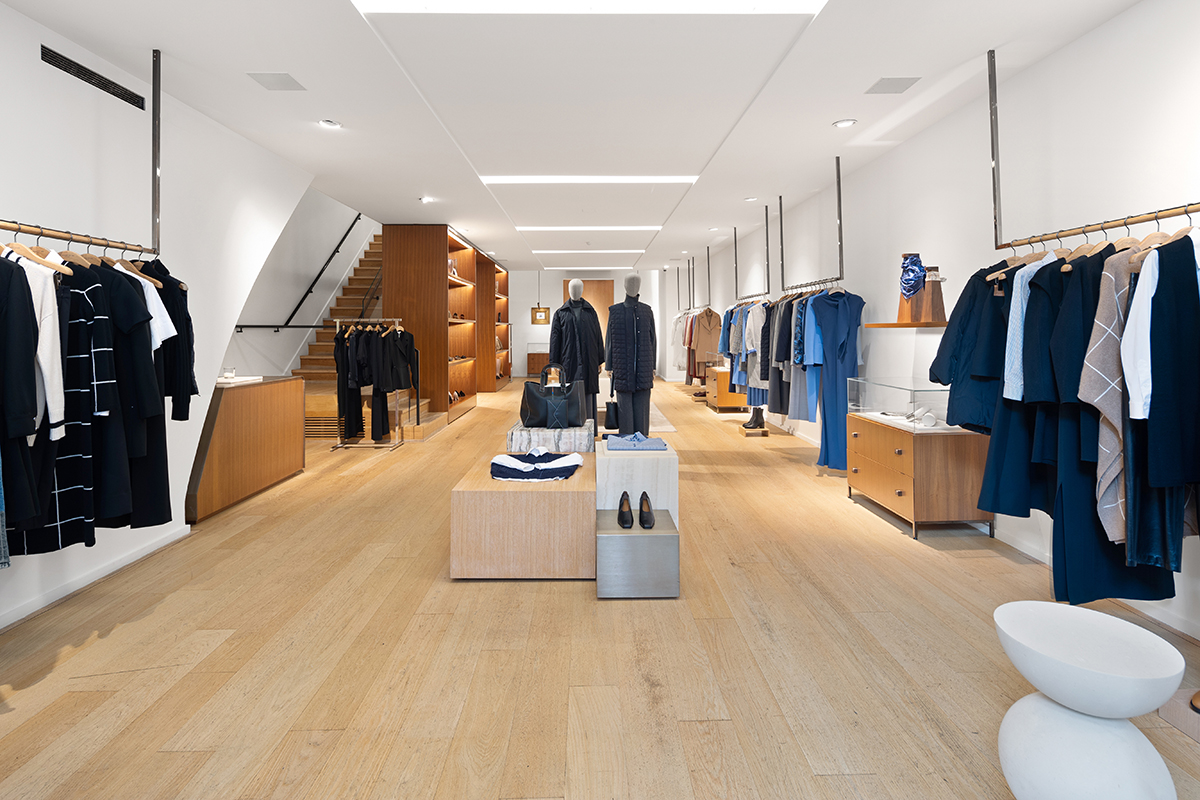
Throughout the nation, different types of retail spaces are outperforming others. In areas such as Manhattan, these trends can even vary depending on which area of the city the spaces is located in. Image courtesy of Lee & Associates NYC
Experiential rising
While many retailers are cutting back on their space requirements, experiential retailers are aggressively signing larger spaces and converting them to cater to their needs. These adaptive-reuse developments are taking hold across the nation. Dated or underutilized spaces are being converted into pickleball courts, ping-pong areas or golf ranges, to name a few. These attractions share the goal of keeping visitors in for longer.
While experiential retail is a hot topic for consumers, cost can present a downside. As always, whether introducing experiential retail is the right move depends on the customer base. Another key issue is the investment needed to move in experiential retail tenants and ensure all right space modifications. While experiential retail is often successful at getting customers into the physical space, it’s important to analyze the tradeoff between the boost to traffic and the financial risk of a tenant pulling out of a lease early after a large investment has been made in the build-out.
Adding to the potential risk is inadequate scrutiny of the tenant’s financial qualifications. “There’s historically been a number of experiential retailers that didn’t have great balance sheets,” Dillavou said. “You want to make sure that the tenant is going to be around for the duration of the lease, whether it’s 10, 15 or 20 years.”
“At the end of the day, and in all of retail, the name of the game is getting cars into the parking lot and people into the stores,” he added. “If you want to have that, a merchandising mix is attractive.”
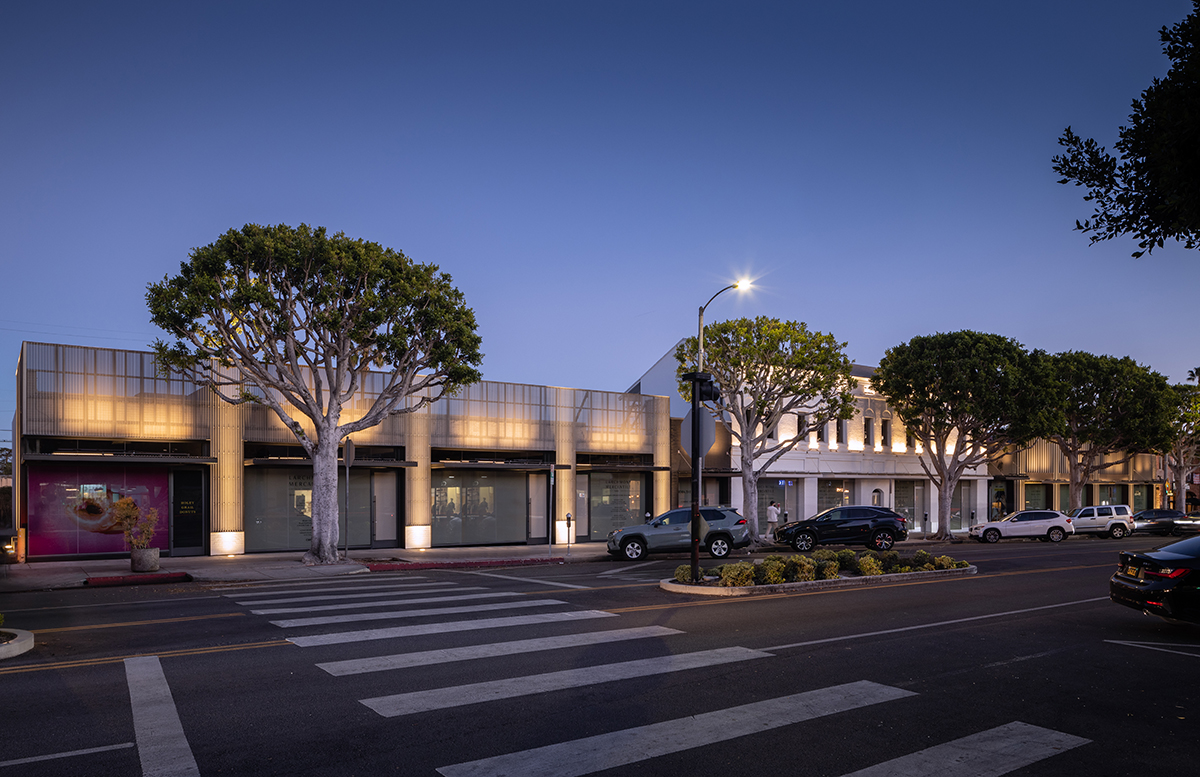
The Larchmont Mercantile, located in Hancock Park in Los Angeles, features 14 contiguous retail boutiques allowing consumers a variety of options and increasing foot traffic to the area. Image courtesy of Christina
2024 retail preview
While other property types may be bracing for impact or are already experiencing a downturn in demand, the factors that influence retail leasing are widely expected to maintain a strong footing in 2024. Braus believes that, while high interest rates and economic volatility will exert a drag on expansion, the fundamentals look good moving into next year.
“Inflation was expected to take a major bite out of consumer spending, but it hasn’t seemed to occur,” Braus said. “If the Fed manages to achieve a soft landing, then we would anticipate retailing to remain strong going into 2024.”
Throughout 2023, retailers have been fighting for the good spots while demand has remained strong. Richmond anticipates this continuing in 2024. “Foreign demand has stayed steady and we still have low construction,” she said. While instability persists on some fronts, a lack of construction and low retail availability should support strong fundamentals throughout next year.
For Danny Volk, founder of Vantage Real Estate Advisors, retail’s near-term leasing prospects and general robustness will largely depend on pricing. Landlords that value top-notch tenants will continue to offer incentives. “Examples of strong deal points include additional free-rent periods and great tenant improvement allowances packages,” he pointed out. “There will always be speculation on the staying power of this retail comeback, but the feasibility of it will truly depend on the ability of landlords to create an environment for retail to survive.”


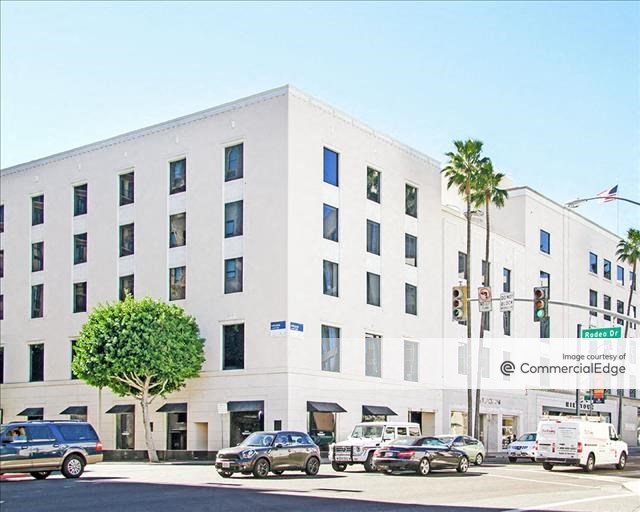

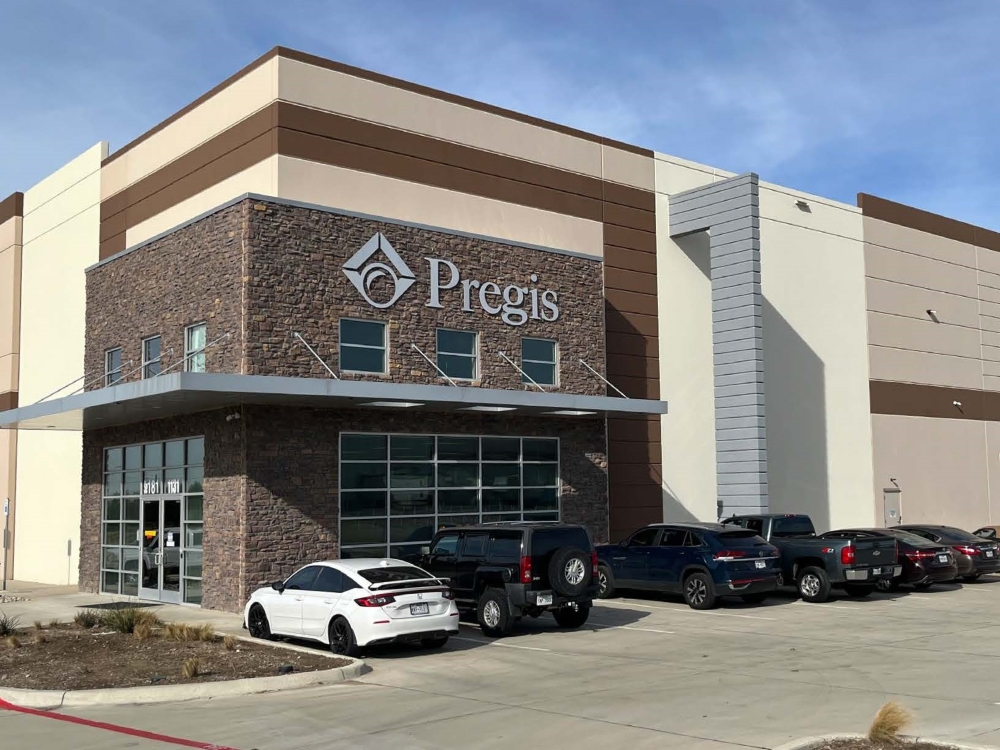


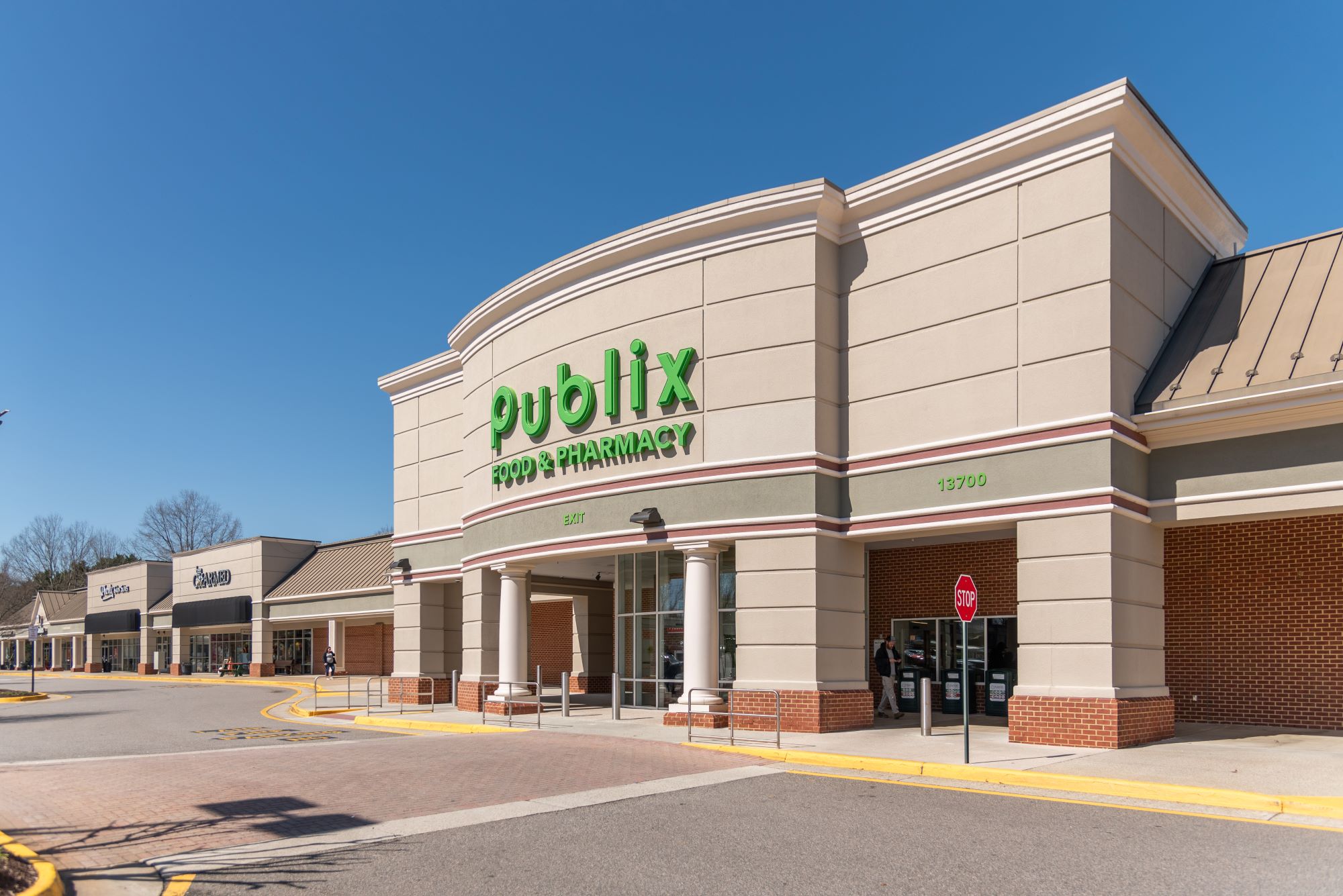
You must be logged in to post a comment.